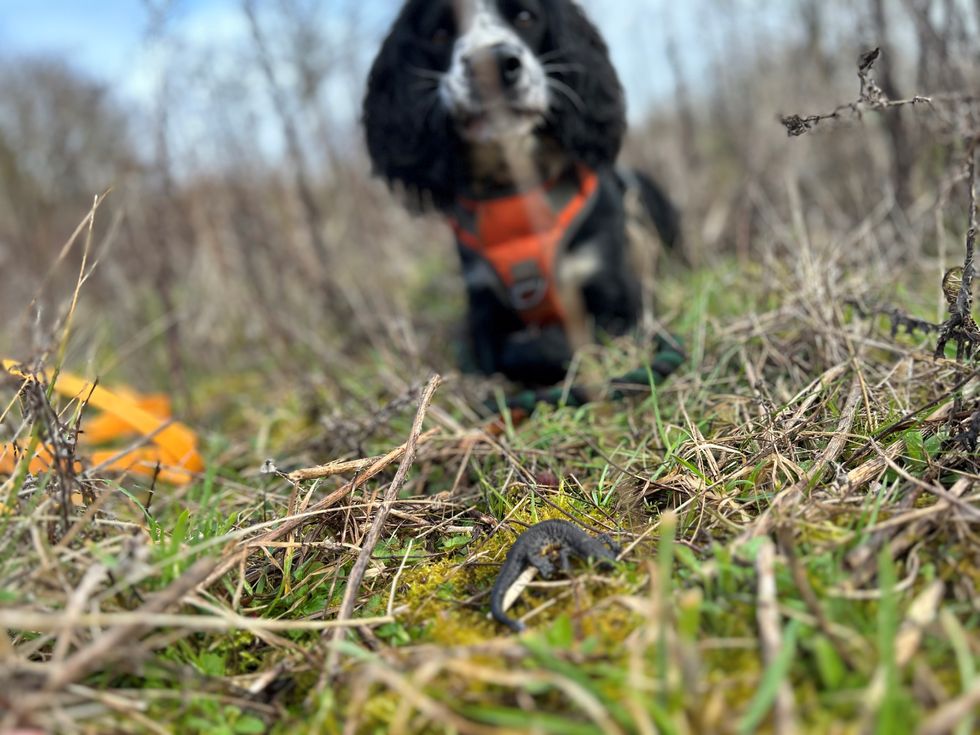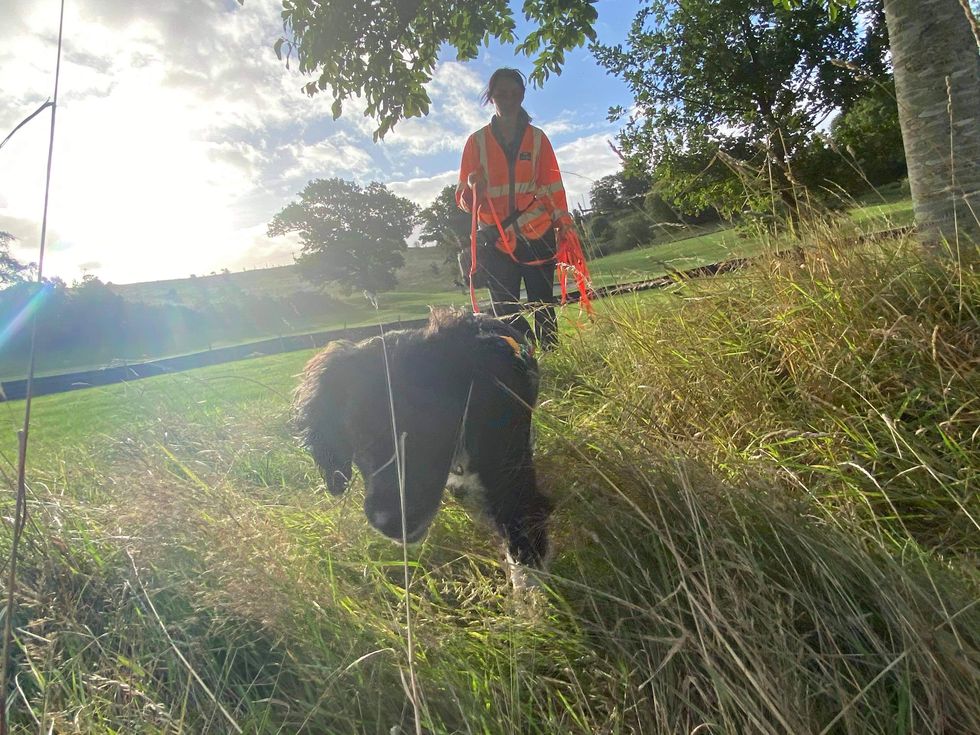Rod Minchin
Jun 20, 2023

Wessex Water newt detection dog Newky (Wessex Water/PA)
Freya the newt detection dog is protecting the precious amphibians from harm and habitat loss – and now she has an expert partner on paw patrol.
Springer spaniel Freya, owned and trained by Wessex Water ecologist Nikki Glover, first made headlines in 2018 when her skills were deployed to sniff out great crested newts before work started on water and sewerage schemes.
New research by Ms Glover has shown that Freya can detect newts from a distance of up to two metres away and 20cm below ground, while springer-cocker spaniel Newky has stepped up to join the team and is proving equally successful in trials.

As well as the conservation benefits, Freya and Newky are minimising costly delays to building projects by spotting the protected species much quicker than humans using traditional trapping methods.
Ms Glover said: “The dogs have massively reduced the amount of time and tools required to relocate newts – we haven’t used a pitfall trap on a Wessex Water scheme since 2021, so we’re saving on plastic and other materials as well.
“Natural England have accepted the dogs as a non-invasive method since I completed my research. Freya and Newky love what they do and they are reducing average construction times by a third.
“They have also saved countless newts from being killed or injured during works due to their ability to detect them above and below ground, as well as in obscured structures.”
Freya can also tell the species apart from other creatures, such as frogs and other newts.
When Freya or Newky locate a great crested newt, they signal by lying or sitting down.

The nocturnal creatures are often found seeking refuge in stone walls, log piles or cracks in the ground during the day.
Ms Glover has just started training a third dog named Obi after receiving his licence from Natural England.
She said: “Since utilising dogs to detect great crested newts in the wild, I have learnt an incredible amount about their terrestrial ecology which will hopefully shape habitat management practices and mitigation measures.”
Top 100
The Conversation (0)













Jasmine Crockett hits back at JD Vance's 'street girl persona' jibe